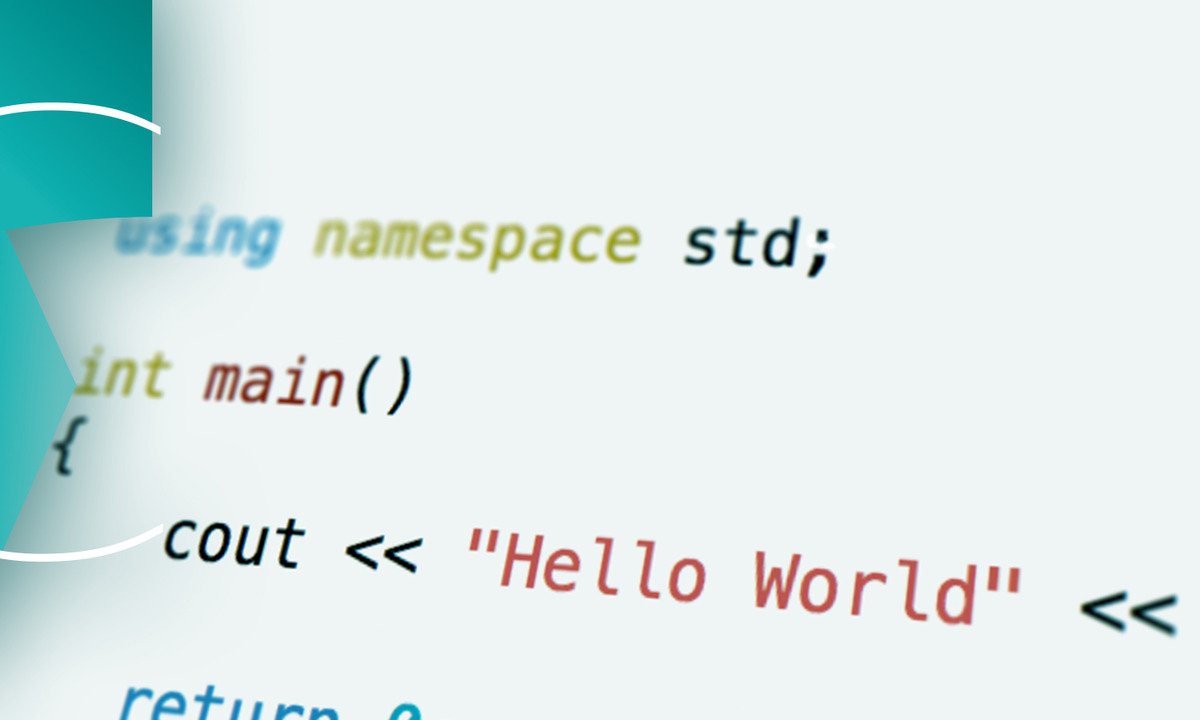GRATIS
Princeton University vía Coursera
GRATISComputer Science: Programming with a Purpose
Acerca de este curso
- BASIC PROGRAMMING CONCEPTS
- Why program? This lecture addresses that basic question. Then it describes the anatomy of your first program and the process of developing a program in Java using either virtual terminals or a program development environment, with some historical context. Most of the lecture is devoted to a thorough coverage of Java's built-in data types, with example programs for each.
- CONDITIONALS AND LOOPS
- The if, while, and for statements are Java's fundamental control structures. This lecture is built around short programs that use these constructs to address important computational tasks. Examples include sorting, computing the square root, factoring, and simulating a random process. The lecture concludes with a detailed example illustrating the process of debugging a program.
- ARRAYS
- Computing with a large sequence of values of the same type is extremely common. This lecture describes Java's built-in array data structure that supports such applications, with several examples, including shuffling a deck of cards, the coupon collector test for randomness, and random walks in a grid.
- INPUT AND OUTPUT
- To interact with our programs, we need mechanisms for taking information from the outside world and for presenting information to the outside world. This lecture describes several such mechanisms: for text, drawings, and animation. Detailed examples covered include fractal drawings that model natural phenomena and an animation of a ball bouncing around in the display window.
- FUNCTIONS AND LIBRARIES
- Modular programming is the art and science of breaking a program into pieces that can be individually developed. This lecture introduces functions (Java methods), a fundamental mechanism that enables modular programming. Motivating examples include functions for the classic Gaussian distribution and an application that creates digital music.
- RECURSION
- A recursive function is one that calls itself. This lecture introduces the concept by treating in detail the ruler function and (related) classic examples, including the Towers of Hanoi puzzle, the H-tree, and simple models of the real world based on recursion. We show a common pitfall in the use of recursion, and a simple way to avoid it, which introduces a different (related) programming paradigm known as dynamic programming.
- PERFORMANCE
- When you develop a program, you need to be aware of its resource requirements. In this lecture, we describe a scientific approach to understanding performance, where we develop mathematical models describing the running time our programs and then run empirical tests to validate them. Eventually we come to a simple and effective approach that you can use to predict the running time of your own programs that involve significant amounts of computation.
- ABSTRACT DATA TYPES
- In Java, you can create your own data types and use them in your programs. In this and the next lecture, we show how this ability allows us to view our programs as abstract representations of real-world concepts. First we show the mechanics of writing client programs that use data types. Our examples involve abstractions such as color, images, and genes. This style of programming is known as object-oriented programming because our programs manipulate objects, which hold data type values.
- CREATING DATA TYPES
- Creating your own data types is the central activity in modern Java programming. This lecture covers the mechanics (instance variables, constructors, instance methods, and test clients) and then develops several examples, culminating in a program that uses a quintessential mathematical abstraction (complex numbers) to create visual representations of the famous Mandelbrot set.
- PROGRAMMING LANGUAGES
- We conclude the course with an overview of important issues surrounding programming languages. To convince you that your knowledge of Java will enable you to learn other programming languages, we show implementations of a typical program in C, C++, Python, and Matlab. We describe important differences among these languages and address fundamental issues, such as garbage collection, type checking, object oriented programming, and functional programming with some brief historical context.
Cursos relacionados

GRATIS Aprendiendo a aprender: Poderosas herramientas mentales…
Deep teaching solutions
Español

GRATIS Programación para todos (Introducción a Python)
University of Michigan
Inglés

GRATIS The Science of Well-Being
Yale
Inglés

GRATIS Negociación exitosa: Estrategias y habilidades esenciales
University of Michigan
Inglés

GRATIS Primeros Auxilios Psicológicos (PAP)
Universitat Autónoma de Barcelona
Español

